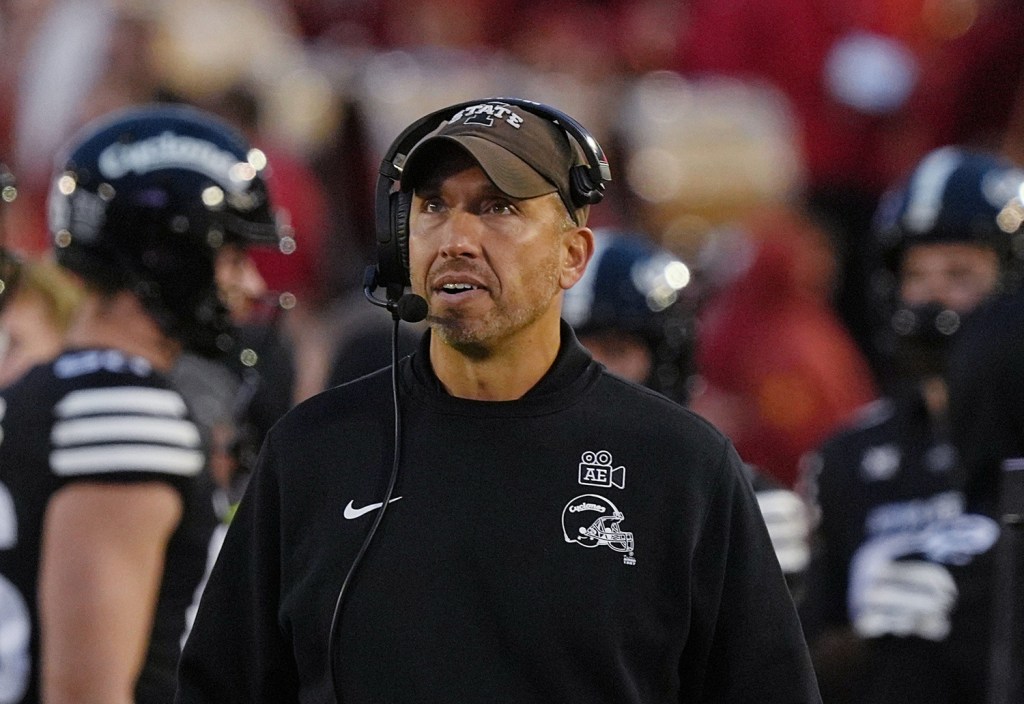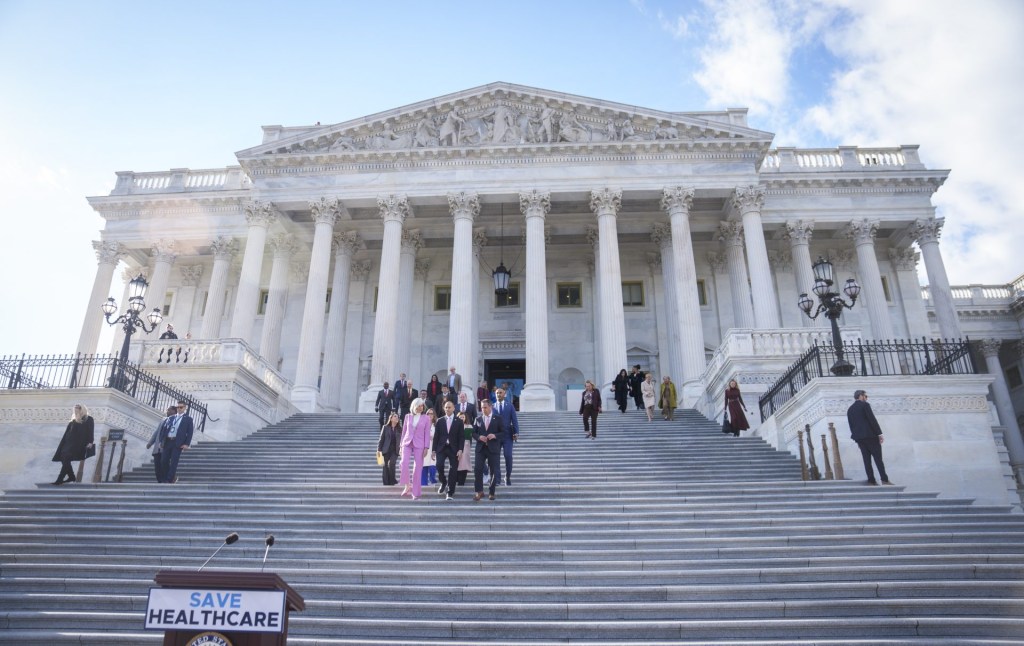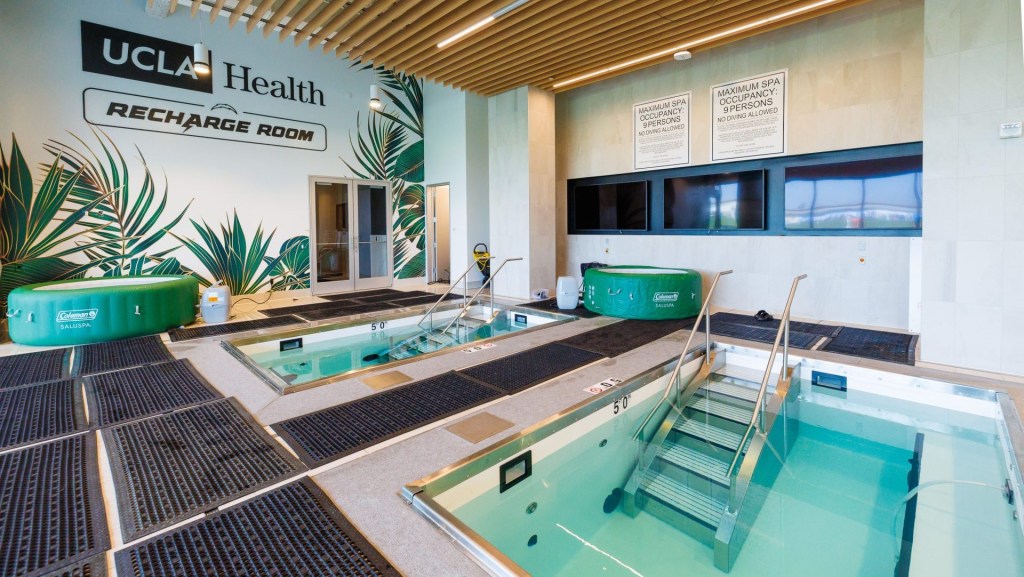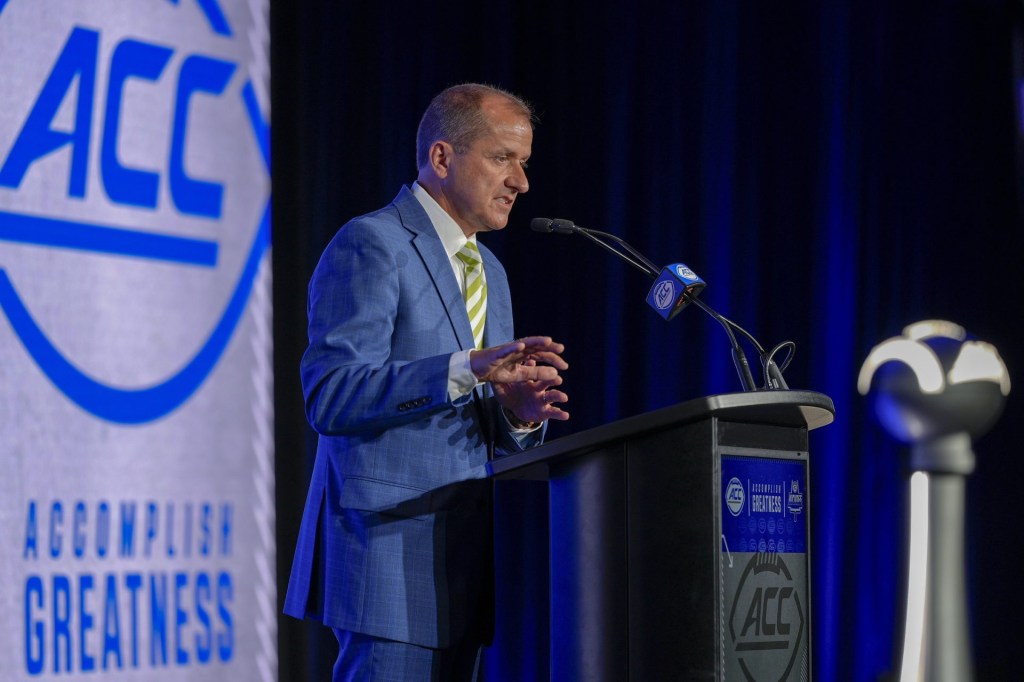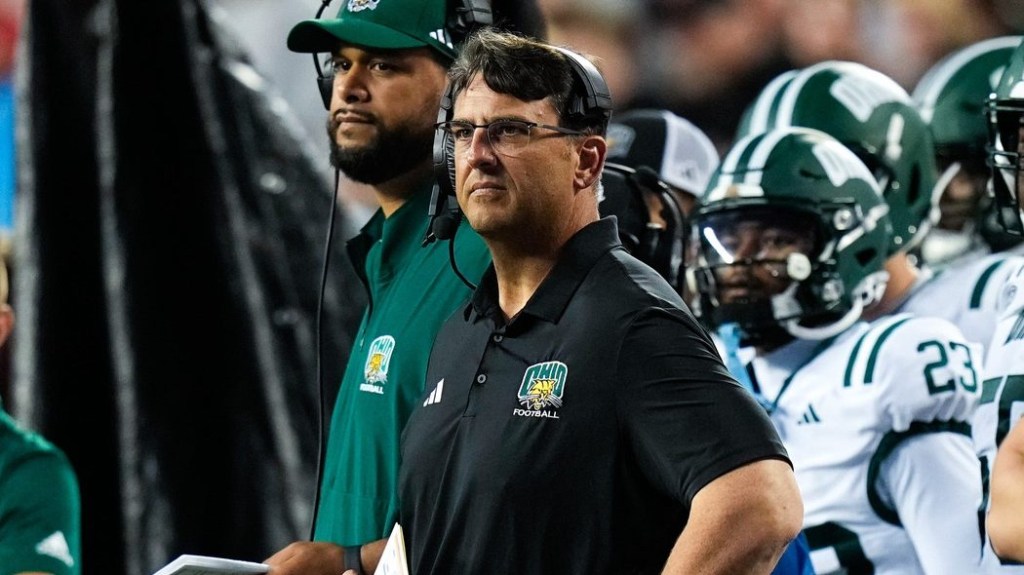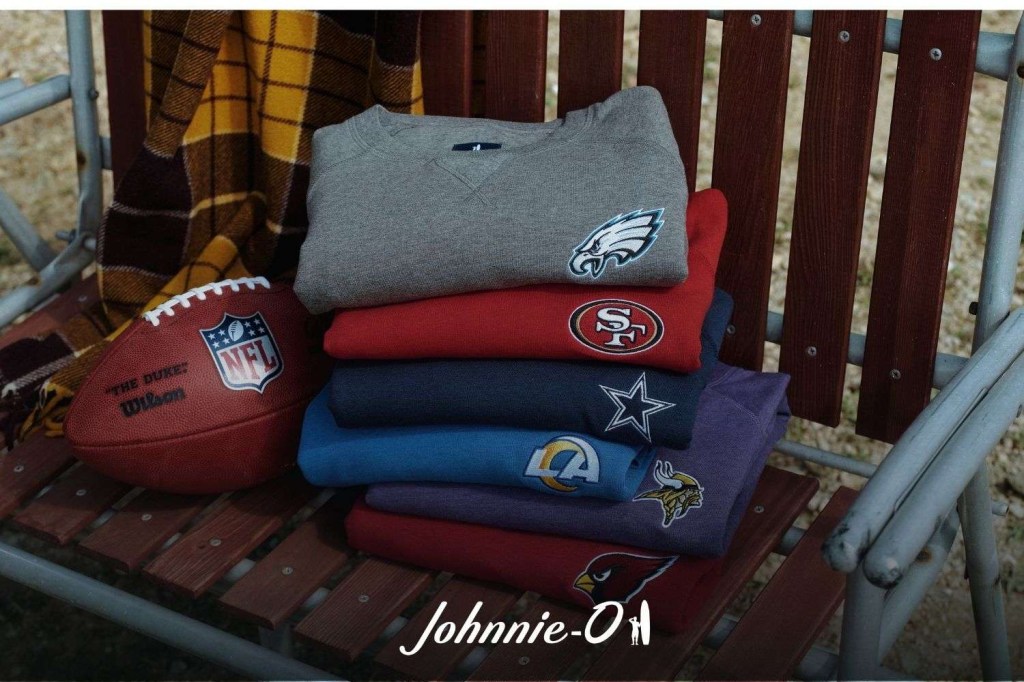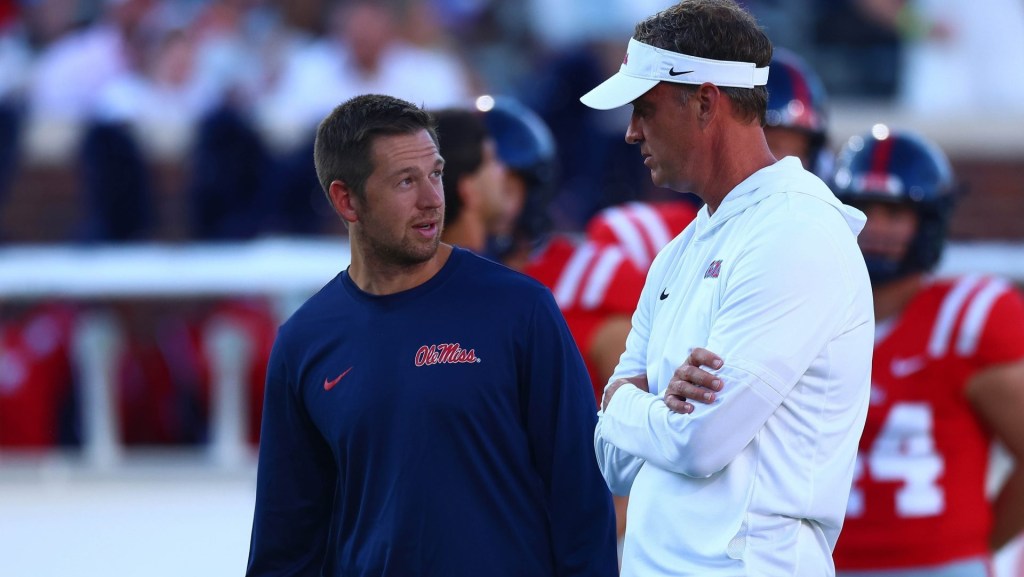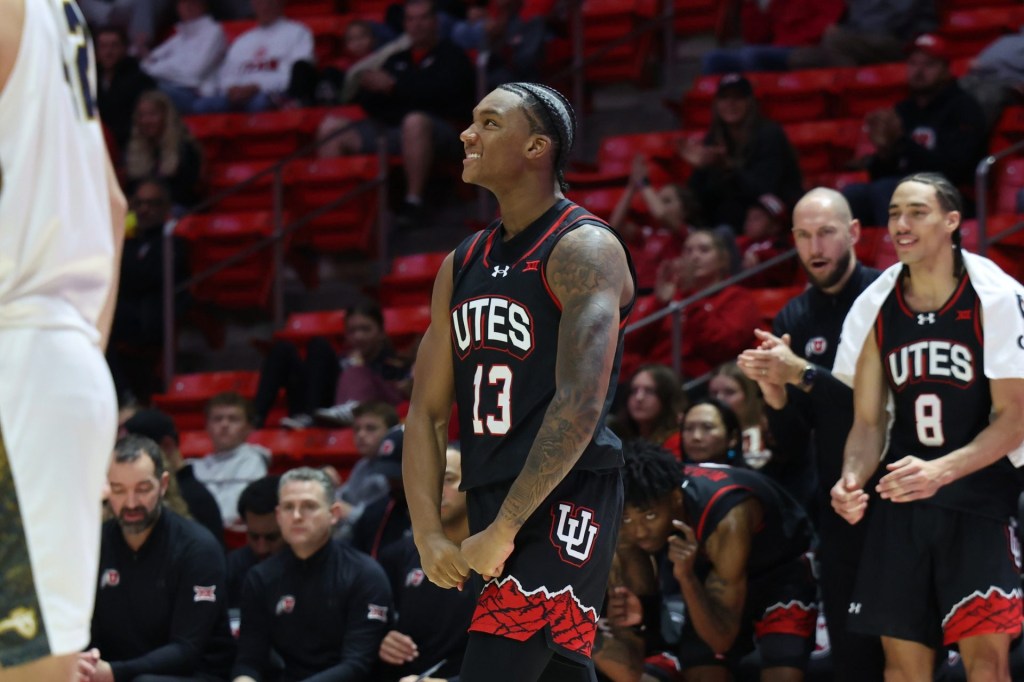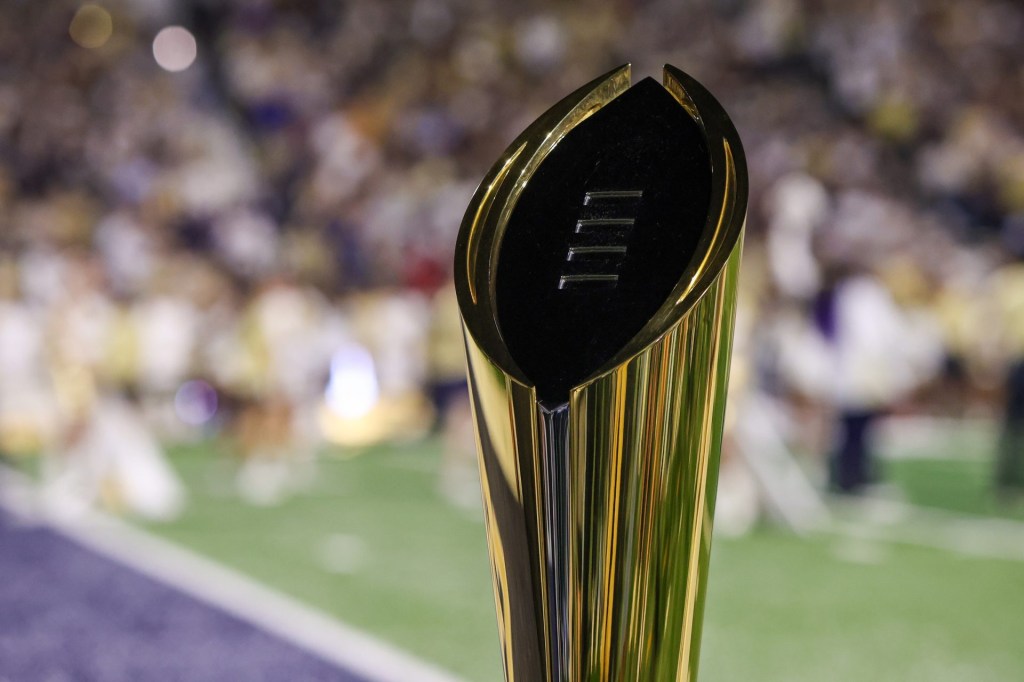The terms of the landmark House v. NCAA settlement are supposed to take effect on July 1. The settlement would allow revenue sharing with players for the first time in NCAA history, create new scrutiny for NIL booster and collective deals, and impose roster limits—potentially changing the entire landscape of Division I college sports.
The problem: Less than a month before the terms would begin, Northern California District Court judge Claudia Wilken still hasn’t issued a final ruling on whether the settlement will be approved. As a result, an entire industry—including players—have no idea how next year will look.
The settlement, which received preliminary approval last October, would resolve three major antitrust class action lawsuits: House v. NCAA, Hubbard v. NCAA, and Carter v. NCAA. It would offer $2.8 billion in damages for players who couldn’t earn NIL money before 2021 as well as allow all D-I schools to share up to a certain amount of revenue sharing with all athletes each year (the initial cap for 2025 is supposed to be $20.5 million).
It would require all NIL booster and collective deals to be scrutinized by a clearinghouse to ensure that they aren’t “pay-for-play.” In addition, it eliminates limits on scholarships—but imposes new limits on rosters, a highly controversial issue that has caused hundreds of players to lose their roster spots already and was an issue that almost blew up the settlement altogether.
The settlement was supposed to be approved, many believed, by the end of April after the final approval hearing. Wilken herself said during the hearing that she liked the settlement. But because Wilken ultimately took issue with roster limits—saying the parties had to rewrite the settlement to ensure that no one would lose roster spots as a result of its terms—she didn’t have all the materials to consider until May 16. Wilken acknowledged in the April hearing that “time is of the essence” for the settlement to be either approved or denied, she still hasn’t issued a decision as of June 2—less than a month before the July 1 date.
But now, the entire industry, along with hundreds of thousands of current players and prospective high school recruits, are in a state of limbo. No one knows whether revenue sharing will be allowed, and whether hundreds of agreements already written and signed will be able to go forward. Nor do current and prospective athletes impacted by the scholarship/roster limits rule know whether they’ll get scholarships next fall, or roster spots at all. Collectives aren’t sure if they’ll have to start using a new clearinghouse.
Regardless, the entire industry has spent the last several months deep in preparations. Athletic departments nationwide have hired GMs and roster-cap manager; begun searching for new athletic department revenue streams to fund rev-share (and in some cases cutting Olympic sports programs and issuing layoffs); re-imagined their NIL collective situations; and written contracts for players to earn money that would only be valid if the settlement is approved.
The NCAA, meanwhile, has put together a slew of new rules that it will implement the moment the settlement is approved. The power conferences have hired Deloitte to create software to run the clearinghouse, and begun putting together an entity in charge of enforcing the House settlement terms.
But none of these preparations can be fully realized without final approval.
All that uncertainty, of course, becomes even more pronounced if the settlement is denied. Will some schools go forward with revenue sharing anyway (especially given that some state laws have now given them cover to do so)? Will the NCAA change its rules to allow for revenue sharing? How will power conferences monitor NIL collective deals? What fate would befall athletes awaiting news about roster slots and scholarships?
The House settlement was supposed to bring order to college sports. At this point, however, it has had the opposite effect.

